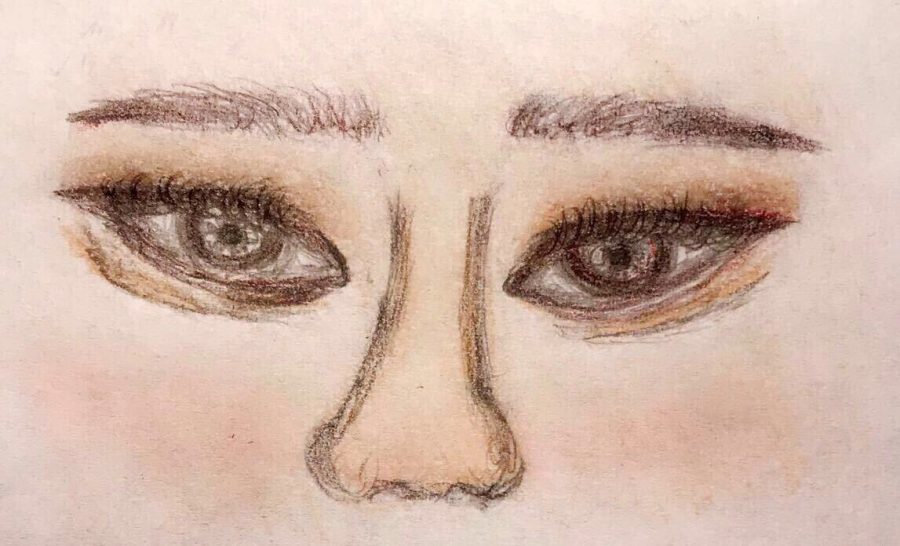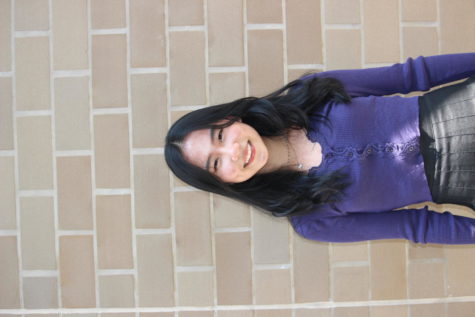The “Fox Eye” Beauty Trend Overlooks Racism Against Asians
May 26, 2020
Recently, the new “fox eye” beauty trend has appeared everywhere on my social media platforms, from Instagram to TikTok. Several famous supermodels, such as Kendall Jenner and Bella Hadid, have helped to further popularize this look amongst their respective audiences. There is just one tiny problem with this hot trend: it disregards the racism that Asians have been facing for decades.
I remember when I moved to the US in the first grade, with little to no knowledge of the English language, but with hopes still of making American friends. Being labeled the new Asian immigrant student, I was discriminated against and imitated by my fellow classmates, who mocked my monolids by pulling their eyes up to their temples. Today, slender “fox eyes” are considered to be the next big beauty trend. We have come a long way, haven’t we?
There are a variety of ways to achieve the “fox eye” look. For one, some people are shaving off the arches of their eyebrows and drawing a straighter line to mimic the appearance of a facelift. Another method used to obtain this look is extending one’s eyeliner in the inner tear duct, giving the illusion of a slimmer and more fox-like eye.
“The width of the liner should be very thin (or nonexistent) along the inner corner of the lash line, almost bare in the center of the eye, and then thickens when it reaches the outer third, before forming a long angular wing,” Huda Beauty states.
Erin Parsons, a celebrity makeup artist, has even posted a tutorial on how she perfects her foxy eyeliner.
And yes, one might ask: “But isn’t the fox eye beauty trend just an example of cultural appreciation?”
One might add, “It’s just like how people buy blue eye contacts to enhance their beauty.”
No, they are not the same.
Blue eyes have always been and still are appreciated and admired in our society, whereas the so-called “fox eyes” closely resemble a feature that mainly only Asians have been targeted for: monolids.
A monolid is a skin fold on the upper eyelid that lacks a visible crease line below your brow area. (Hence the name — it presents itself as a single eyelid rather than a double eyelid). Although this trend may not be a deliberate attempt to recreate the Asian monolid eye look, it could be interpreted as a selfish act of cultural appropriation that disregards the discrimination and racism that Asians have been facing.
Sophomore Krithikaa Premnath voices her concerns over one’s objectives.
“I do believe that if people are using this trend in order to beautify their face, they can technically do so, as it is their choice. But they definitely shouldn’t if they decide to be racist about it,” stated Premnath.
At the end of the day, East Asians are not the only ones who have faced these issues. For example, lighter-skinned people enjoy tanning their skin for a more “healthy” look, whereas South Asians face heavy criticism or their naturally darker skin. It is important to be aware of people’s perceptions and to appreciate other cultures.


